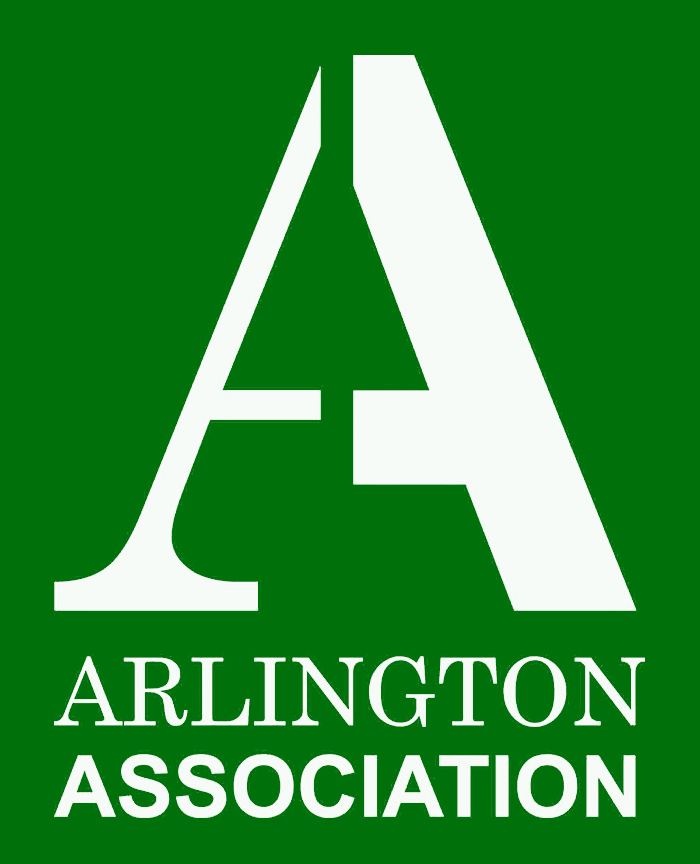THE EVOLUTION OF ARLINGTON SQUARE How does our garden grow?
The square in its autumnal glory.
For centuries, the area where we now live was a popular spot for archery practice. (A 1514 law in made it compulsory for all men over seven years old to practice archery once a week – a law, incidentally, that still seems to be in force.)
It was also agricultural land, denoted on an 1805 map as Shepherd and Shepherdess Fields. This was where sheep farmers from out of town would overnight their flocks before driving them down Shepherdess Walk to the meat and livestock market at Smithfield.
The building of the New North Road in 1812 and the opening of the Regent’s Canal in 1820 made the land more valuable for residential use, and between 1845 and 1850 the developer Henry Rydon created the streets and houses we know today. Arlington Square and Union Square were left as green spaces for the new residents to enjoy (and presumably not archers or shepherds). By 1870 they had acquired curving paths, lawns and peripheral planting.
So they remained until the Second World War, when both squares were given over to growing vegetables and Arlington Square included a mooring base for a barrage balloon to make life more difficult for enemy bombers.
In the early 1950s – possibly as a project to celebrate the Queen’s Coronation – Arlington Square was redeveloped from an open space with a few trees into a form al garden with railings, lawns, four rose beds, two circular beds of shrubs – and two park-keepers. But by the end of the 20th century it had become an unloved place, dusty and almost plant-free, and notorious for vandalism and drug dealing.
Today it is an award-winning garden that we all enjoy. Credit for its transformation must go to the local residents who helped to raise the funds and worked to beautify our green spaces, and in particular to Gordon McArthur, the current AA chair, and his partner, garden designer Paul Thompson.
Continual enhancement
In 2010–11 Gordon raised more than £32,400 in grants and awards on behalf of the AA, and in 2010 we held our first annual Summer Fete to raise money for the gardens. Later that year we started our monthly Saturday morning gardening sessions.
Above: the Mayor of Islington formally opens the Community Garden.
Since then the refurbishment and improvement of the square has continued unabated…
✤ In 2012 AA volunteers cleared seven tonnes of rubbish from the south corner (beside the shed), which became our little commun ity garden of raised beds and pots. It was formally opened by the Mayor of Islington.
✤ In 2013 some significant new trees arrived in the square: two 8ft palms and two tall cordylines rescued from a communal garden in Southwark that was destined for landfill; and two ancient olive trees from the estate in Catalonia of Arlingtonian James Hewson. The olives were ceremonially blessed by the Worshipful and Reverend Justin Gau of Arlington Square.
Above: the Rev Justin Gau ceremonially blesses the ‘new’ olive trees.
✤ Later that year, vigorous volunteers created the four pocket parks at the ends of St Paul Street, Rydon Street, Linton Street and Arlington Avenue. We worked with the council, the fire service and the Highways Department to remove the ugly castellated no-entry pavements and replace them with trees and roses.
Meanwhile, Union Square got a new look in 2013–14, redesigned and replanted by Hyde, the developers of the new Packington Estate. It’s now to be enhanced by the addition of much more vegetation: a garden featured in this year’s Chelsea Flower Show has been donated to the Arc Centre and Islington Parks, providing about 4,000 plants and eight mature trees which will be divided between Union Square, Packington Square, Canalside Square and Rheidol Green.
Volunteers are needed for the massive task of replanting the gardens on May 30–June 1, 8am–5pm. If you’d like to help, email hello@thearccentre.org or just turn up.



